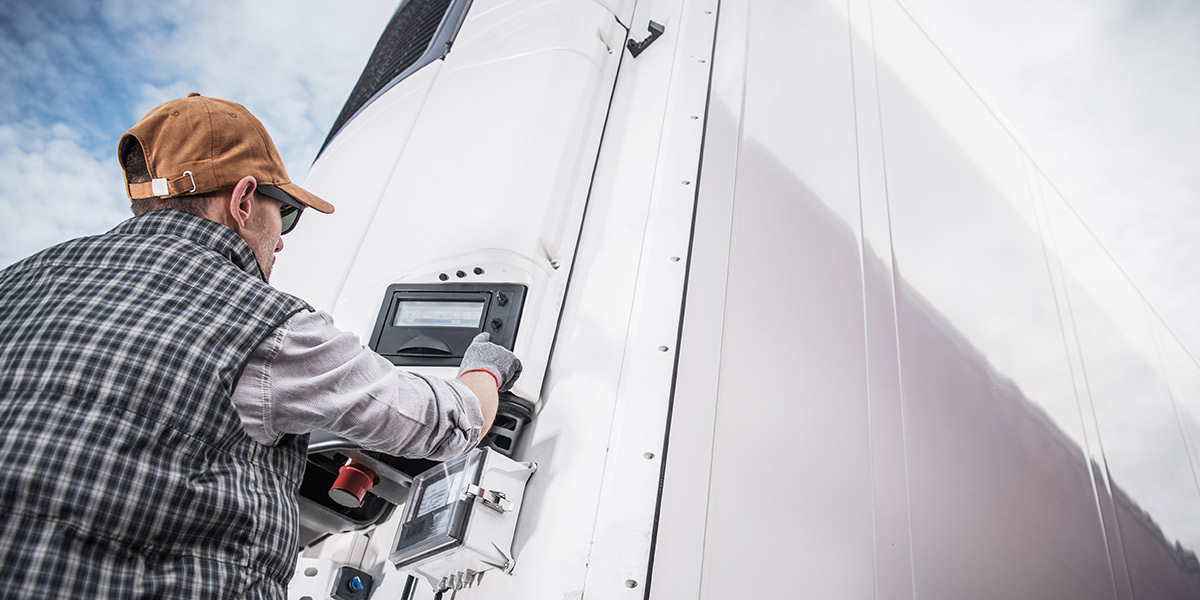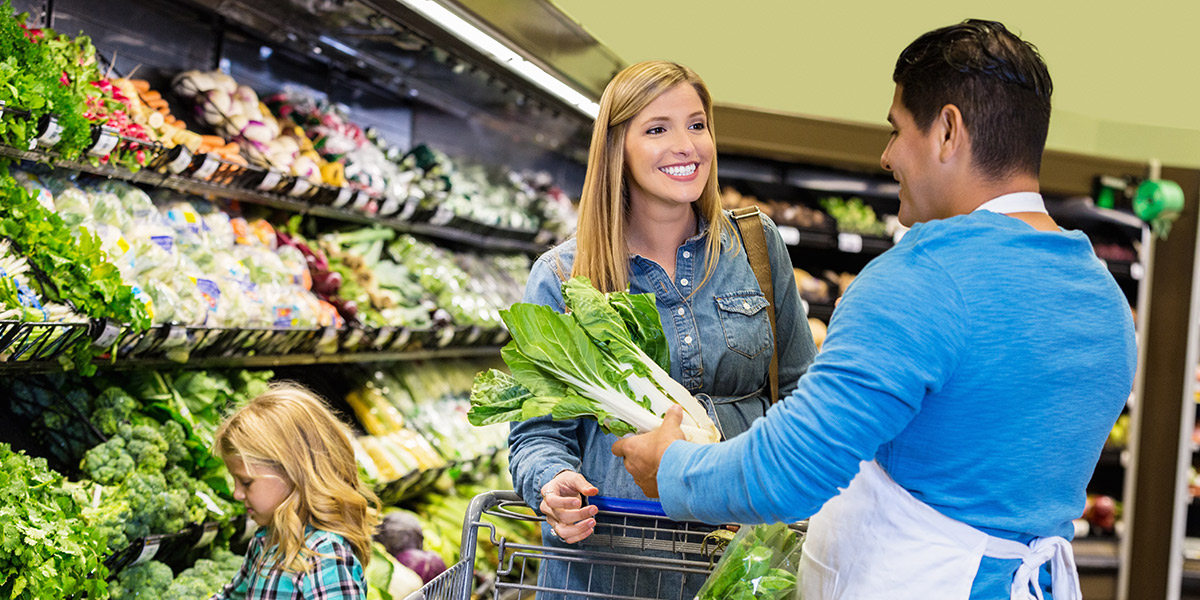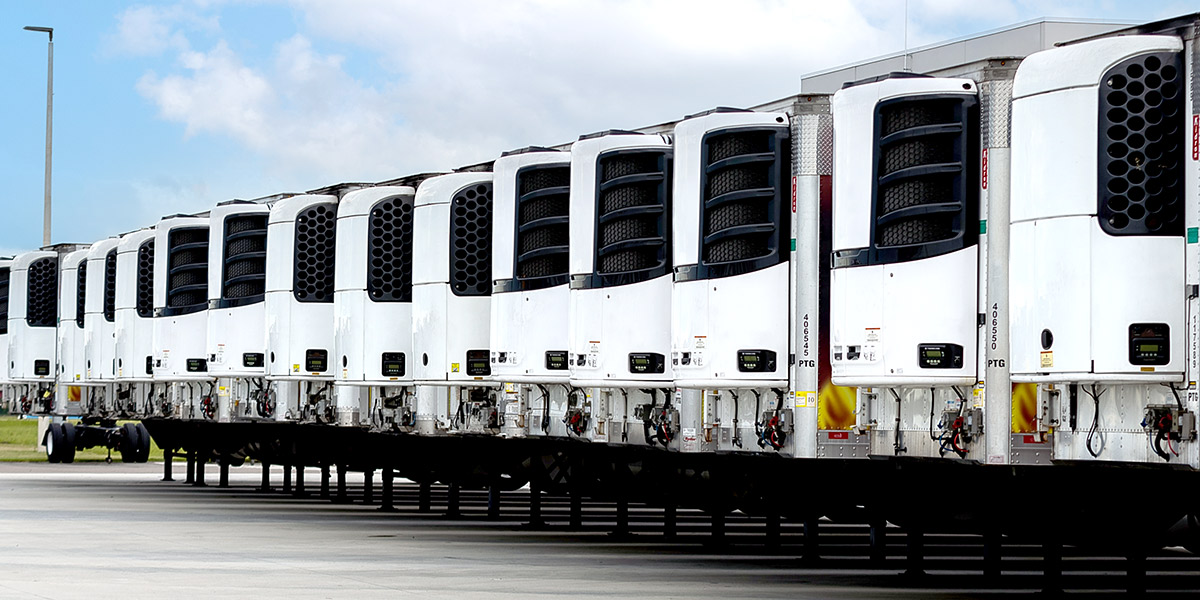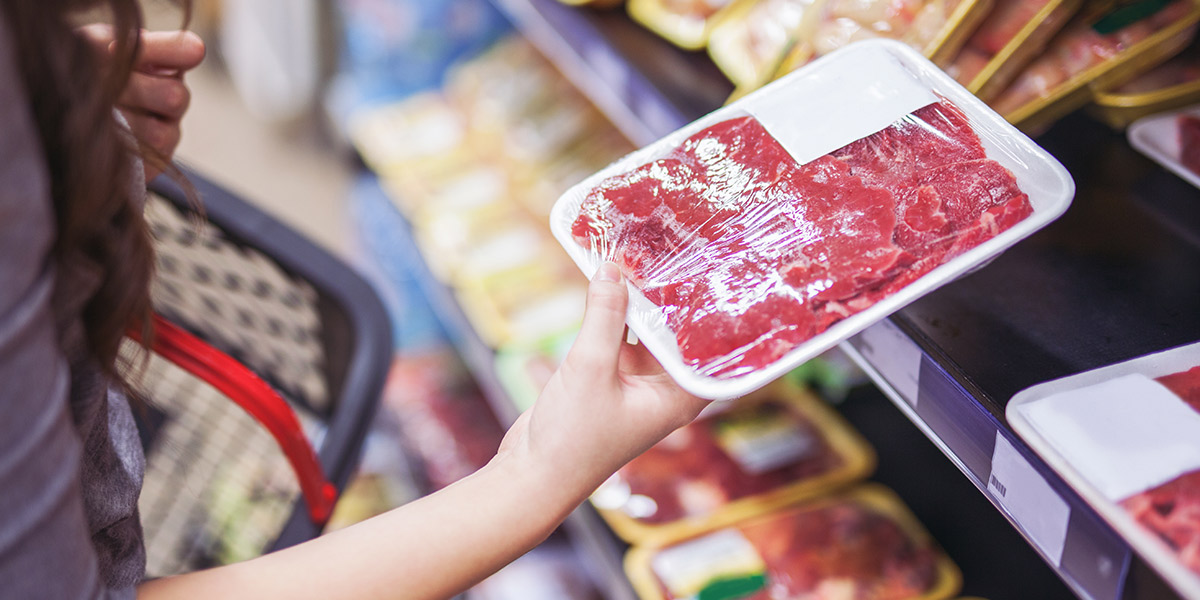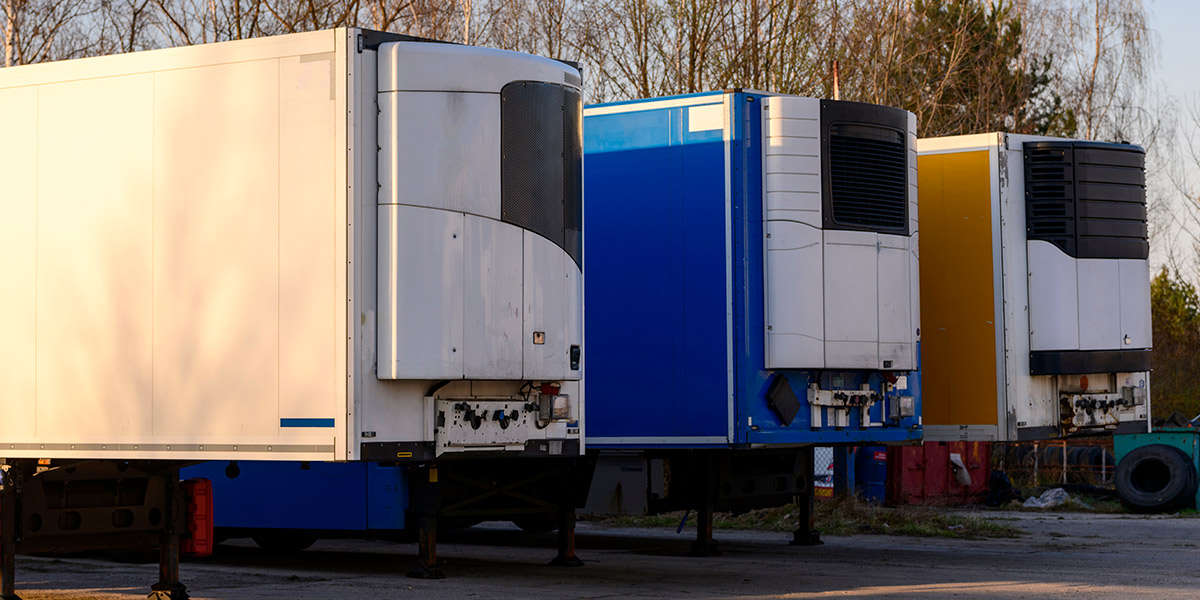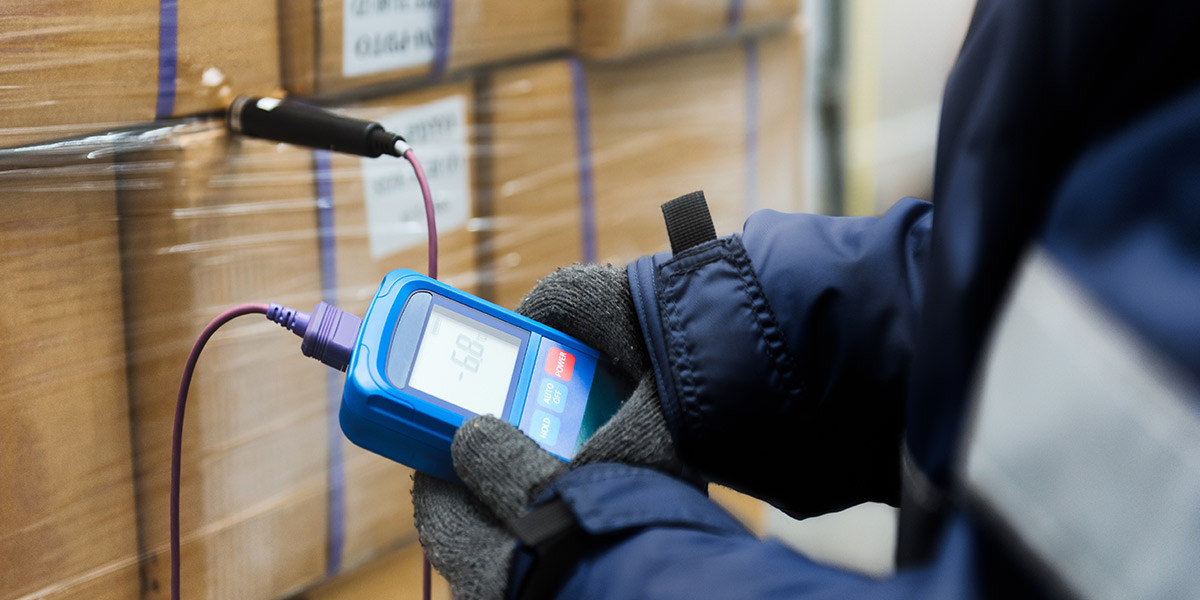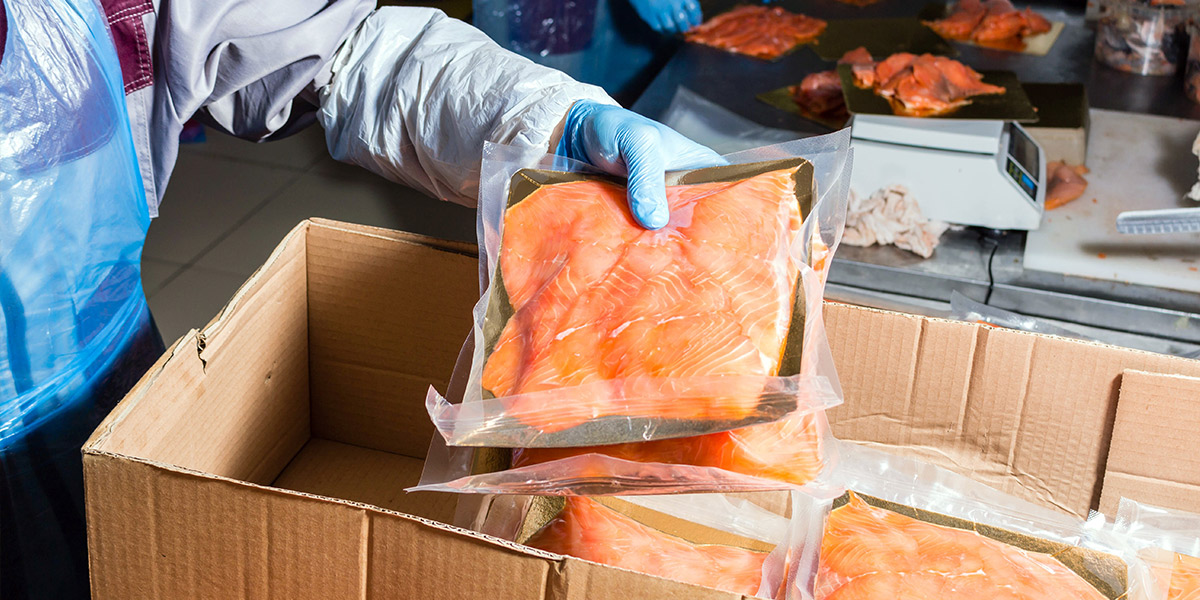Grocers control their entire cold chain. That also means they have the power to control the costs associated with keeping food safe.
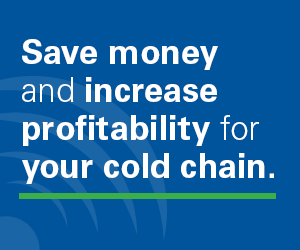 Grocers find themselves in a unique position when it comes FSMA compliance and the safety of temperature-sensitive food. Distributors, transportation companies, and others may only need to concern themselves with a segment of the journey from source to consumer. They may haul, hold, handle, receive, or warehouse the food and, therefore, they can focus on monitoring food temperatures only within the environments they control.
Grocers find themselves in a unique position when it comes FSMA compliance and the safety of temperature-sensitive food. Distributors, transportation companies, and others may only need to concern themselves with a segment of the journey from source to consumer. They may haul, hold, handle, receive, or warehouse the food and, therefore, they can focus on monitoring food temperatures only within the environments they control.
But grocers must take a more comprehensive approach – they have to. They typically own and control their entire cold chain, and as they are the ones selling temperature-sensitive food directly to consumers, their reputations and their relationships with customers are on the line.
If you work for a grocer, you no doubt already grasp the logistical complexity and responsibility associated with managing a cold chain. But, also, don’t overlook the fact that total control offers important opportunities.
You can install an end-to-end temperature monitoring safety net to ensure you remain compliant and food stays at safe temperatures. You can set and monitor processes. And, because you can know and control every environment through which temperature-sensitive food passes, you can sell it to your customers with confidence.
Total Autonomy
But perhaps most importantly, if you have total control of the entire cold chain, you also have total autonomy to control costs. Here are some ways you can do just that:
- Improve efficiency. From mapping out smarter delivery routes to minimizing idling and taking steps to optimize fuel consumption, grocers have multiple options at their disposal to manage the cost associated with transporting, handling, or storing food. And because they can implement practices and cost-saving initiatives across the entire cold chain, they can improve their operations to get the most from every dollar they spend to bring fresh food to customers.
- Gain transparency to make better bottom-line business decisions. Knowledge is king when it comes to keeping food safe and maintaining safe ambient temperatures in all cold chain environments. And while this is arguably the best reason for investing in a temperature monitoring system, such a system can also provide actionable data to inform better business decisions.
With temperature sensors strategically installed in reefers, cold rooms, and other environments and connected into a telematics platform that combines and displays all the data streams, you can gain full transparency into your cold chain. This transparency can help drive better bottom-line decisions related to operations, equipment, facilities, processes, and labor deployment and costs.
- Guard against – and minimize – lost revenue. Transparency also provides the ability to identify trouble spots that can, if left undetected or unaddressed, result in spoiled or unsellable food, costly recalls, or even foodborne illnesses. While these outcomes can prove exceedingly expensive – and result in lost revenue – all are preventable if you have the right temperature monitoring infrastructure.
Make Every Dollar Count
Fresh meat, produce, and other temperature-sensitive food represent a large share of the offerings grocers make available to their customers. But as rising costs continue to make operating an effective cold chain more expensive, grocers need to seek ways to manage costs. Fortunately, with temperature-monitoring technology they can make every dollar count.
To explore how your company can realize cost savings and maximize returns on its temperature monitoring investment, check out this useful ROI calculator.



